The Martian meteorite is 4.5 billion years old – we now know where it came from
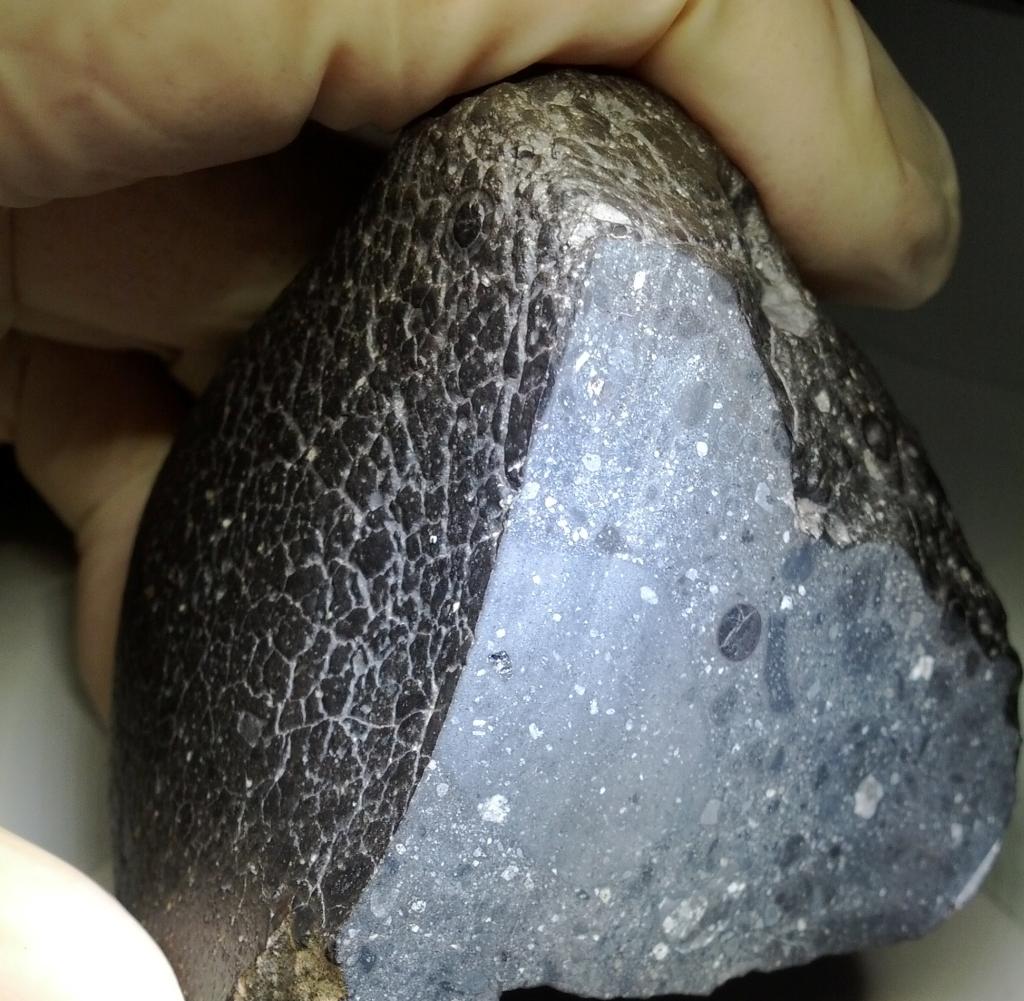

Close-up of 320 grams “Black Beauty”. He came to Earth from the Red Planet. Where exactly did the meteorite form on Mars?
Source: NASA
In 2011, scientists in Morocco made a massive discovery: they found fragments from the oldest known Martian meteorite. Where exactly it came from is still a mystery. Now researchers have discovered it – thanks to artificial intelligence.
The so-called “black beauty” is 4.5 billion years old – the oldest Martian meteorite that researchers have managed to date. The rock, weighing 320 grams, was discovered in 2011 in the Sahara Desert. But the place of origin of the cosmic solid has not been clear for years.
Now, eleven years later, scientists from Australia, France and the United States have been able to determine which crater the “black beauty” came from. The results were published in the journal.Nature Connections“.
Like a piece of panorama placed in the right place, the discovery provides a better picture of our planetary neighbor. In addition, the discovery could also provide clues to the formation of Mars, Earth and other rocky planets. Before we tell you more, we have a little guessing question for you!
‘Black beauty’ is rare
Because the meteorite is the only one called “breccia” from Mars found on Earth. Geologists use the term to describe rocks made up of different pieces of rock rather than a single rock. In the case of Northwest Africa 7034 (also NWA 7034), as cosmic solids are officially called, they are igneous rocks created by the cooling and solidification of magma.
Here you can see the mysterious “black beauty” in all its glory
Source: NASA
The study leader, Dr. Anthony Lagen from Australia Curtin University Opposite the space exploration portalSpace.comTherefore, discovering the origin of “black beauty” is “in a manner equivalent to a free-space task of collecting samples.”
Color coded map of Mars craters
Source: Lagain et al. 2022 Nature Communications
Together with his colleagues, Lagain has developed an algorithm to identify all impact craters on the surface of Mars. For this purpose, artificial intelligence has evaluated thousands of recordings of NASA’s Mars Reconnaissance Orbiter.
The algorithm was able to identify about 94 million craters, 19 of which could be the origin of the Martian sample. The geological comparison of the various craters with the “Black Beauty” meteorite finally provided the solution: according to the international research team, it is likely that NWA 7034 came from the area Terra Cimmeria Sirenum In the southern hemisphere of the red planet.
Mars Crater is named after a mountain town in Australia
The “Black Beauty” meteorite has come a long way.
Source: Lagain et al. 2022 Nature Communications
Also in the southern hemisphere of Mars is the 40-kilometer-wide Khugert crater, which was formed as a result of the impact of cosmic solid about 1.5 billion years ago. Lagin and colleagues suspect that this effect attenuated some parts of NWA 7034 somewhat. Another impact about five million to ten million years ago finally blew “black beauty” away from Mars.
The team coined the name “Karratha” for the newly discovered crater. According to the International Astronomical Union, small craters should be named after cities on Earth with fewer than 100,000 inhabitants. To Lagain, the name of a mountain town in Western Australia sounded apt: “Karratha is very close to the Pilbara region, home to the oldest rocks on Earth.”
An insight into the geological evolution of Mars
Hello neighbors! Mars
Source: Unsplash / PlanetVolume
According to the study leader, we know relatively little about the early evolution of planets. This also applies to our home planet: “There is plate tectonics on Earth, and there is a lot of erosion,” according to the British newspaper.Parents“This makes it very difficult to find very old rocks.”
However, geological surveys of Karata can provide new and exciting insights. According to Lagain, the composition of the region of Mars is similar to the composition of the continents on Earth. “This may indicate that the region could be a remnant of very ancient continents on Mars,” says the researcher.
For space adventurers, the journey to Mars continues here:

“Social media evangelist. Baconaholic. Devoted reader. Twitter scholar. Avid coffee trailblazer.”






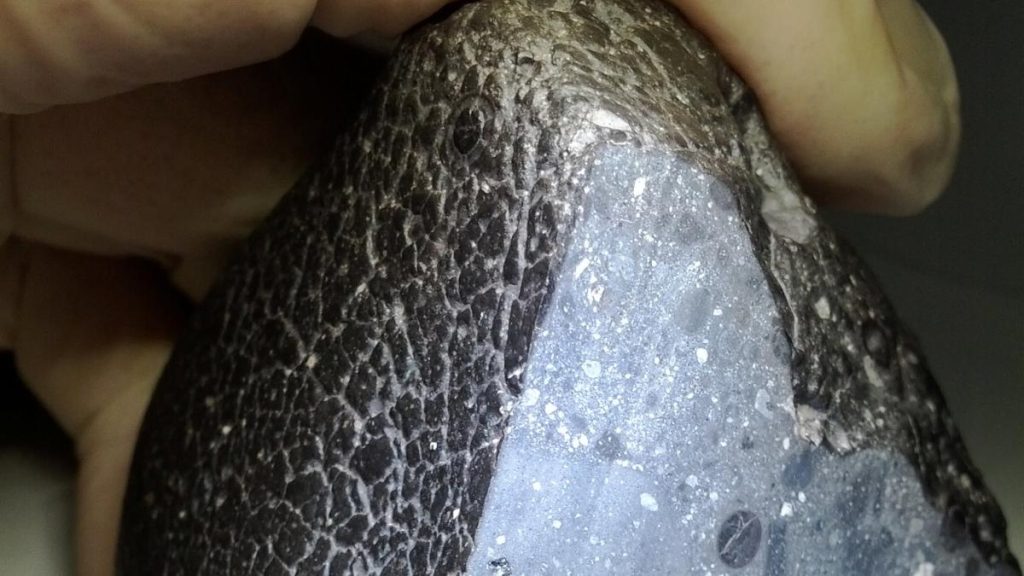
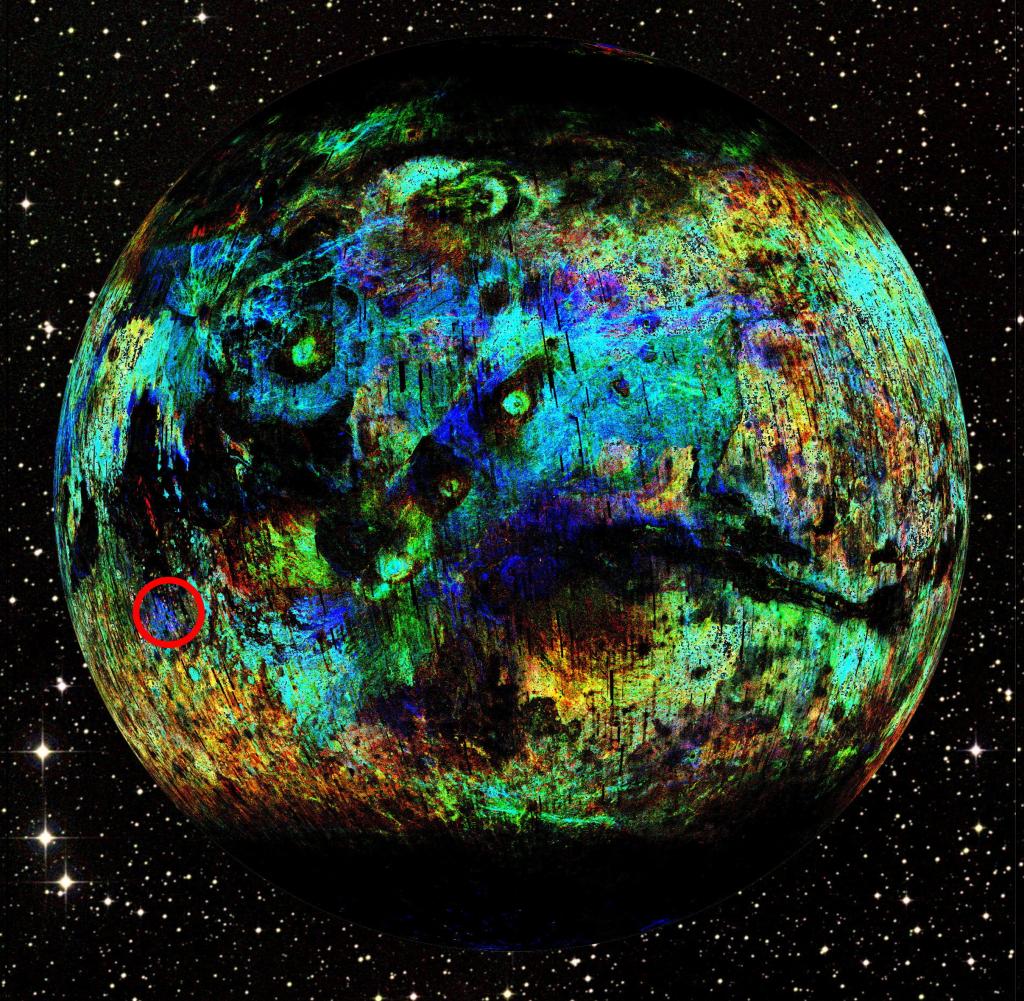
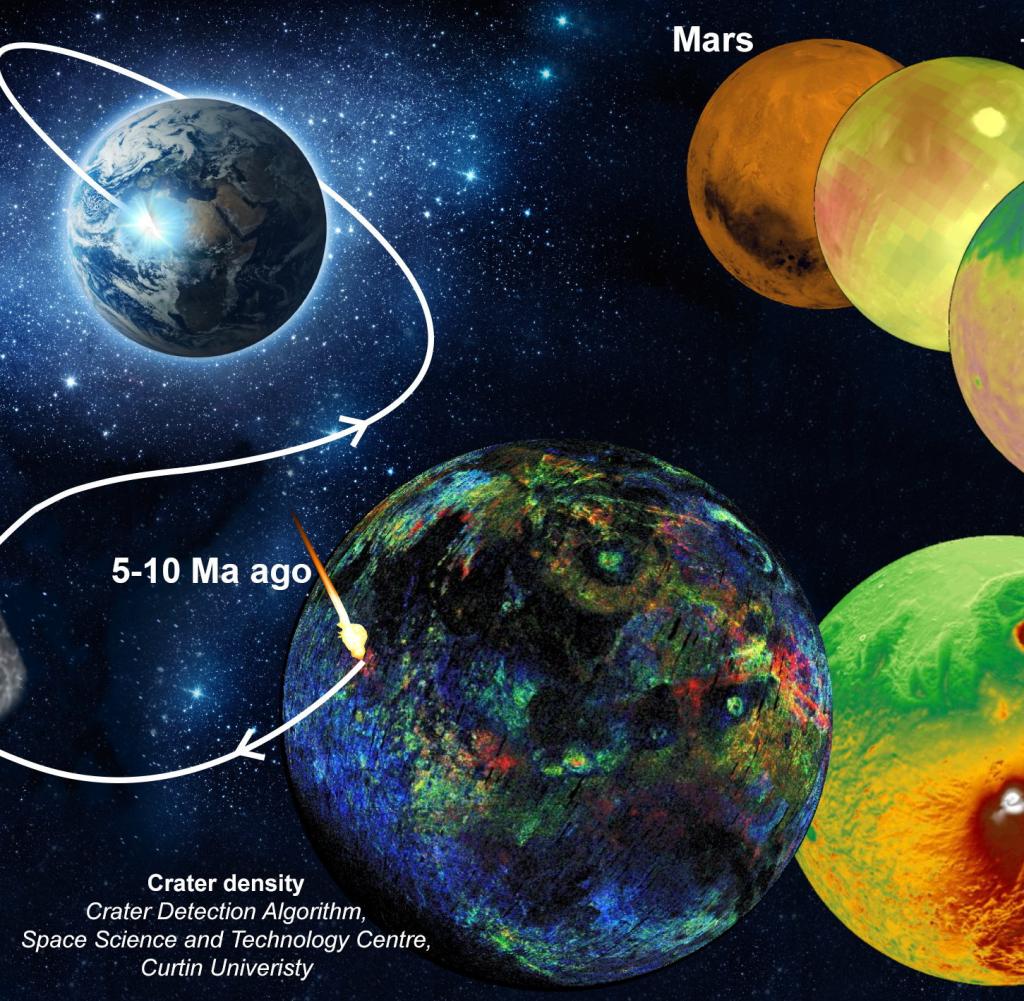
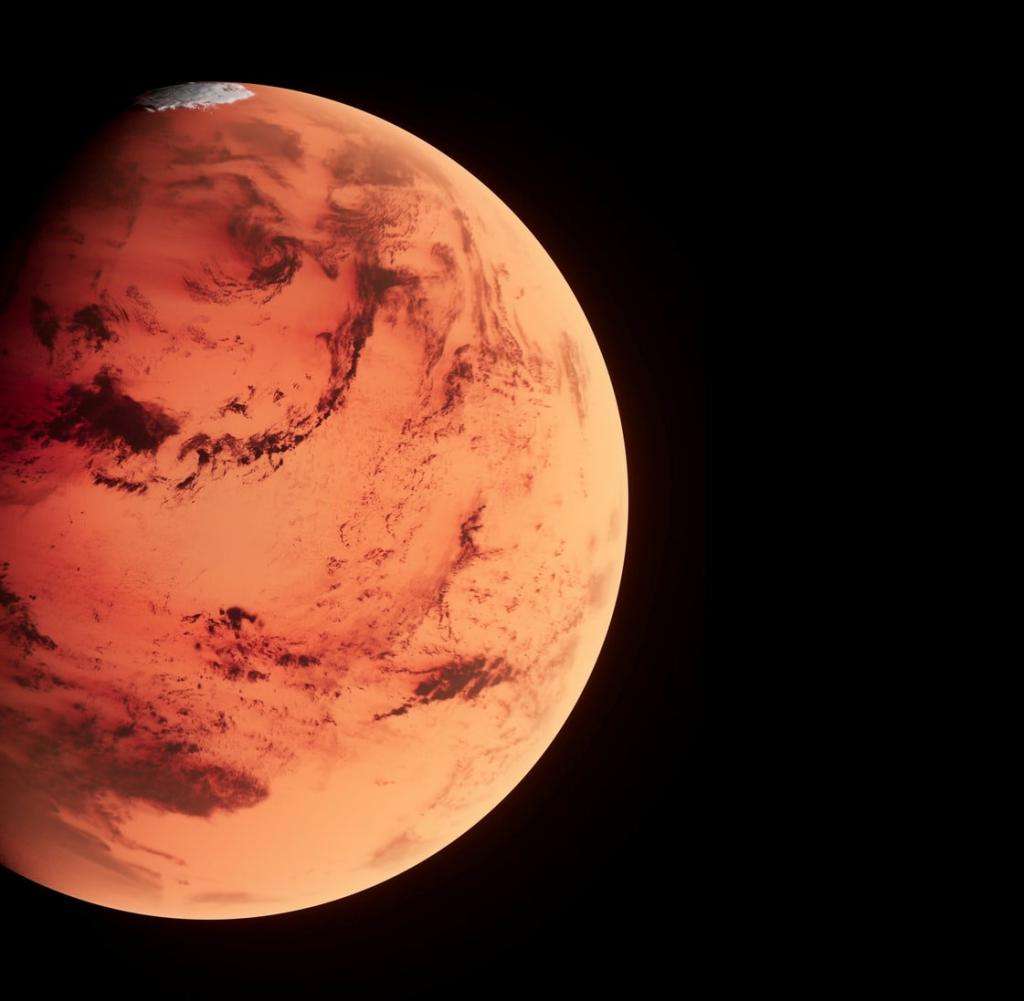
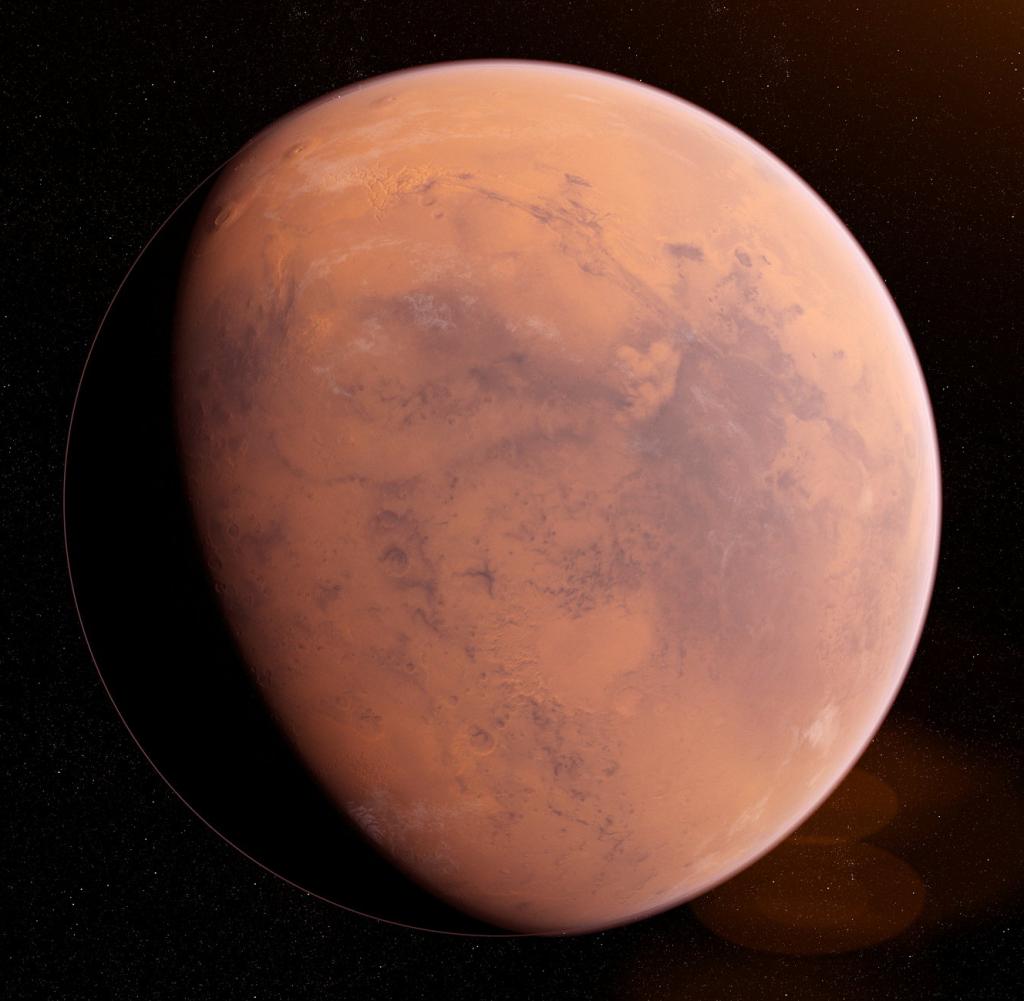

More Stories
Longest jets in the universe discovered – giant particle streams as long as 140 Milky Way galaxies in a row
New method reveals 307 supernova remnants
Snapchat is upping the ante on augmented reality glasses